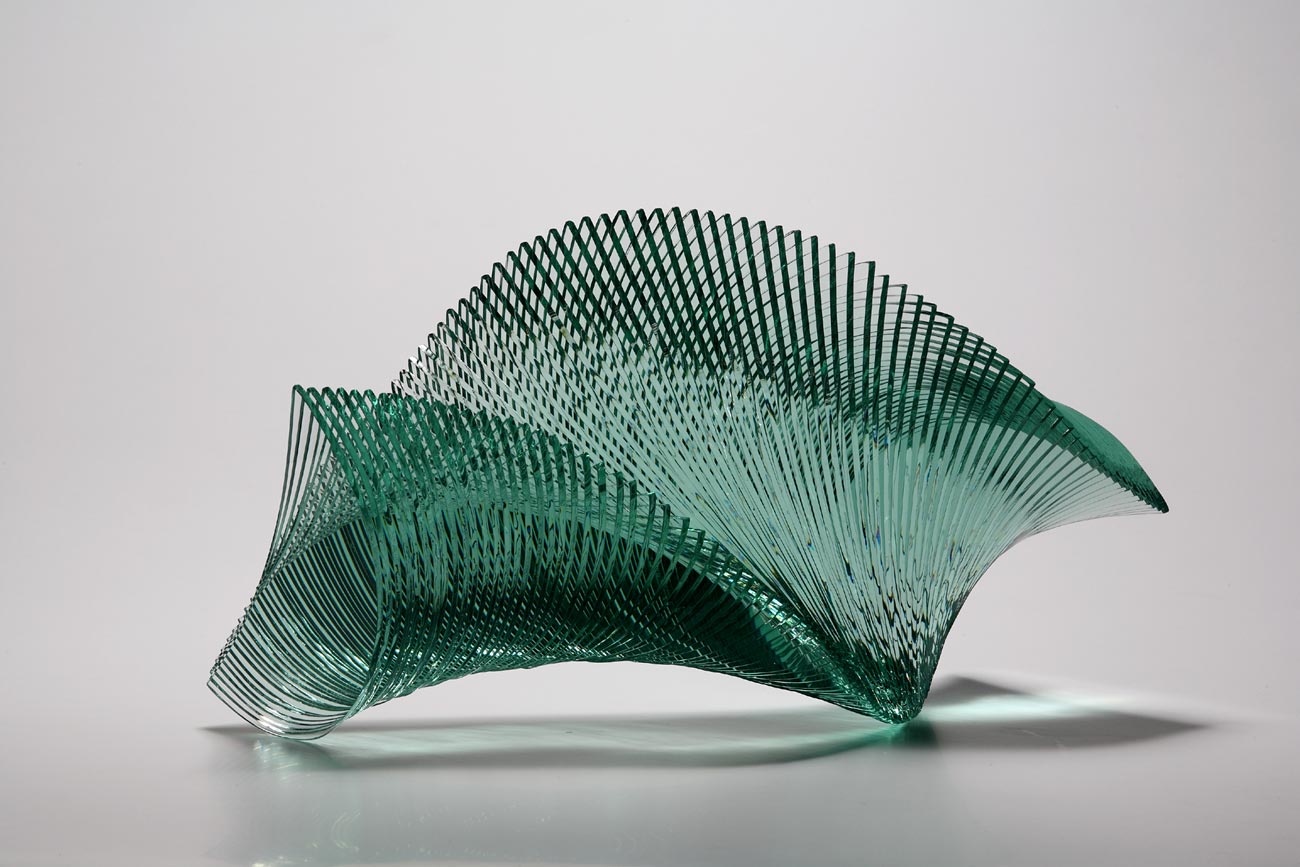

The Allure of Artistic Glass and Mirrors
Artistic glass and mirrors have long captivated the imaginations of both artists and admirers alike. From shimmering stained glass windows that tell stories of the past to contemporary glass sculptures that challenge the very notion of form, these mediums are celebrated for their ability to blend utility with creativity. This article explores the enchanting world of artistic glass and mirrors, their history, techniques, and the emotional impact they can evoke.
Historically, glassmaking dates back thousands of years, with significant advancements occurring in various cultures. The Romans perfected glassblowing techniques, allowing for the creation of more intricate and delicate pieces. However, it was during the Renaissance that artistic glass began to flourish, particularly in Venice, Italy, where artisans crafted exquisite masterpieces like Murano glass. This era marked a turning point, intertwining artistry with functionality, as glass became an essential medium for both decorative and practical objects.
One of the defining features of artistic glass is its ability to manipulate light. When light passes through or reflects off glass, it creates a mesmerizing interplay of colors and patterns. Artists utilize techniques such as engraving, etching, and fusing to enhance this effect, producing pieces that seem to shimmer and dance. The magical quality of glass is not just in its appearance but also in its tactile nature; it invites touch and interaction, offering a sensory experience that engages viewers on multiple levels.
Mirrors, too, have undergone a transformation from mere reflections to stunning works of art. While traditionally used for utilitarian purposes, modern artists have embraced mirrors as a canvas and a medium. Reflective surfaces challenge perceptions, inviting viewers to engage with the artwork and themselves simultaneously. Artists like Yayoi Kusama have taken mirrors to new heights, creating immersive installations that distort reality and engage the audience in reflective contemplation.

The fusion of artistic glass and mirrors has given rise to innovative creations that push the boundaries of both mediums. Mixed-media artworks combine glass elements with other materials, such as metal or wood, to create unique pieces that tell a story or convey a message. These collaborations allow artists to explore themes of identity, memory, and the passage of time, as the reflection in a mirror can alter our perception of self and surroundings.
In addition to their aesthetic appeal, artistic glass and mirrors hold cultural significance. They are often used in ceremonial settings, such as churches and temples, to enhance spiritual experiences. The ethereal quality of stained glass windows not only adds beauty to a space but also serves as a storytelling medium, illustrating biblical tales and moral lessons to congregants. In contemporary settings, reflective artworks can provoke thought and dialogue, challenging viewers to consider their place in the world.
The contemporary market for artistic glass and mirrors has also expanded, with galleries and art fairs dedicated to showcasing these extraordinary creations. Collectors search for unique pieces that resonate with their personal styles and philosophies, recognizing the importance of supporting artists who breathe life into these traditional forms. Moreover, many artisans emphasize sustainability in their practices, using recycled materials to create stunning works that reflect contemporary values.
In conclusion, the realm of artistic glass and mirrors is rich and diverse, offering endless possibilities for exploration and expression. From ancient craftsmanship to modern innovation, these mediums continue to inspire and enchant. As we navigate our visually stimulated world, the allure of glass and reflections invites us to pause, to reflect, and to appreciate the beauty and complexity surrounding us. Whether through a delicate vase or a stunning reflective mural, artistic glass and mirrors remind us of the power of art to transform our perceptions and elevate our everyday experiences.